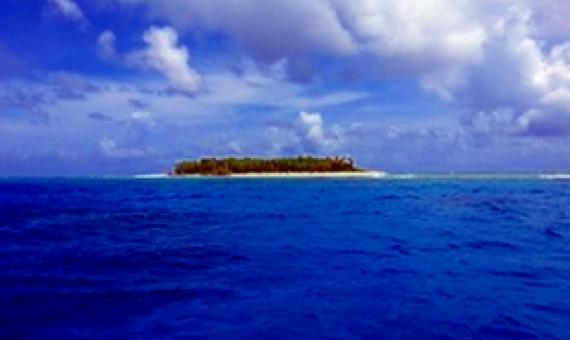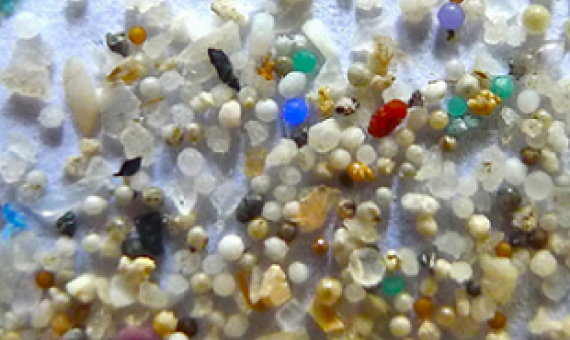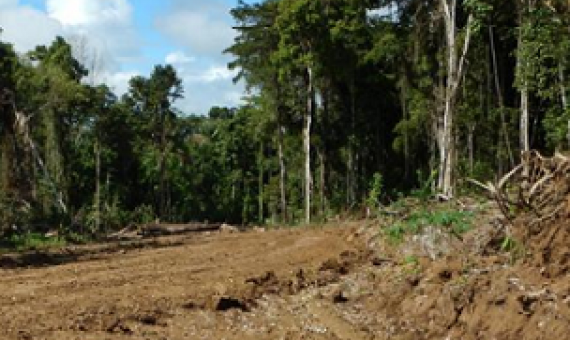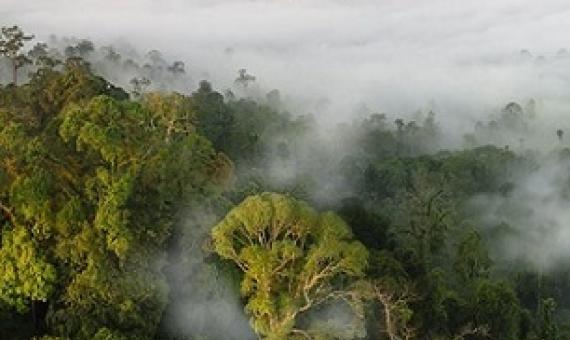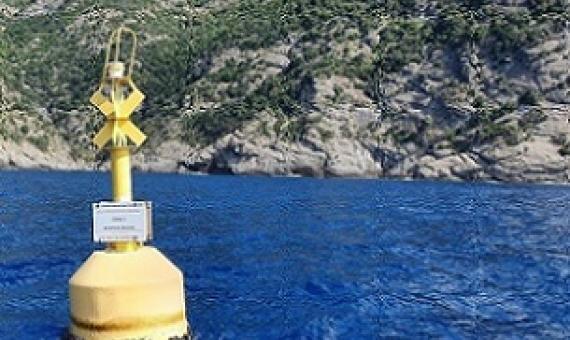For sharks living in the open ocean, longline fishing is the number-one threat, with an estimated 20 million pelagic sharks caught annually by fishers looking for tuna and other desired species.
New research into the causes of the devastating global biodiversity crisis has found that the conversion of natural forests and grasslands to intensive agriculture and livestock is the biggest cause.
Spatial Use of Marine Resources in a Village: A case study from Qoma, Fiji
Understanding the value of fishers’ Indigenous and Traditional Knowledge (ITK) and of fishers’ spatial use of customary fishing grounds is an important contributing factor to marine resource management. This study investigates and documents ITK of marine resources and the associated spatial knowledge of fishing areas in Qoma, a rural fishing village in Fiji. Using a sex-generational lens, our research combines theory and methods from Participatory Geographic Information Systems and ethnography.
Melanesia holds the world’s most diverse and intact insular amphibian fauna
Identifying hotspots of biological diversity is a key step in conservation prioritisation. Melanesia—centred on the vast island of New Guinea—is increasingly recognised for its exceptionally species-rich and endemic biota. Here we show that Melanesia has the world’s most diverse insular amphibian fauna, with over 7% of recognised global frog species in less than 0.7% of the world’s land area, and over 97% of species endemic. We further estimate that nearly 200 additional candidate species have been discovered but remain unnamed, pointing to a total fauna in excess of 700 species.
Researchers at University of Adelaide, Australia released findings today on potential gene drive technology to control invasive mice on islands.
Globally, the coastal lagoons of Lagos (Nigeria), Sakumo (Ghana) and Bizerte (Tunisia) -- close to large urban centers and without waste and sewage treatment systems -- are among the most affected water ecosystems of this nature by microplastic pollution.
A world-first study projects that climate change and land clearing will profoundly change half of the world’s remaining wilderness areas by 2050 unless governments act immediately to protect them. Governments must act now to protect the world’s remaining wilderness areas, which are set to be
A new study, published in Science Advances on Nov.
Marine protected areas (MPAs) are one of the solutions being put forward to help adapt to and mitigate the effects of climate change.
Our new peer-reviewed scientific article, “Assessing the quantity and quality of marine protected areas in the Mariana Islands” assesses the 18 federal and territorial managed MPAs in our region against an international framework called the MPA Guide.



